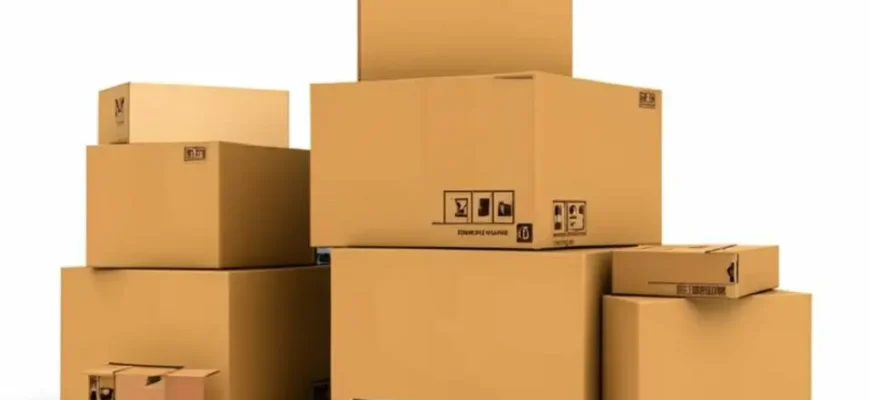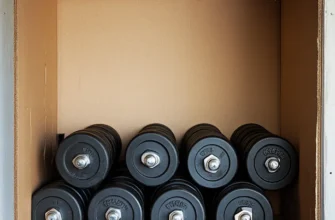Moving with stuffed animals requires some planning to ensure they stay clean and undamaged during transport. Here’s a guide to packing plush toys, whether for a child’s collection or valuable collectibles, so they arrive in perfect condition.

Step 1: Gather Supplies
Before packing, gather the following materials:
- Large and medium boxes (sturdy, but not too large to avoid overloading)
- Plastic bags (for added protection)
- Packing paper or tissue paper (to cushion and separate items)
- Vacuum storage bags (optional, to save space)
- Packing tape
Step 2: Sort and Clean Stuffed Animals
- Sort by Size and Condition: Separate large stuffed animals from smaller ones and group fragile or delicate items.
- Spot Clean: Wipe down any toys that need cleaning before packing. Use a damp cloth or mild soap and water for surface cleaning, as dirty toys can damage other items.
Step 3: Choose the Right Packing Method
Each type of stuffed animal benefits from a specific packing method:
- Everyday Plush Toys: For common toys, wrap them individually in packing paper or plastic bags, then place them in a medium-sized box. Fill any gaps with crumpled paper to prevent shifting.
- Large or Oversized Stuffed Animals: These can be packed in vacuum storage bags to save space. Compressing the air will reduce bulk, but avoid over-compression to maintain the toy’s shape.
- Collector’s Items or Fragile Toys: Wrap these carefully in tissue paper and place them in small, sturdy boxes to prevent any damage.
Step 4: Pack the Boxes Properly
- Line the Bottom of the Box: Use a layer of crumpled paper at the bottom to create cushioning.
- Place the Stuffed Animals Carefully: Arrange the toys to minimize movement, with heavier items at the bottom and lighter ones on top.
- Fill Empty Spaces: Use packing paper or small stuffed animals to fill gaps, preventing toys from shifting.
- Seal and Label: Tape the box securely and label it as “Stuffed Animals” or “Fragile” if needed, especially for valuable or delicate toys.
Step 5: Storing and Loading Stuffed Animals
- Avoid Extreme Temperatures: If moving during hot or cold weather, avoid leaving stuffed animals in non-climate-controlled spaces for long.
- Place on Top in Moving Truck: Keep boxes of stuffed animals on top of heavier items to prevent compression and damage.
Suggested Packing Techniques (Table)
Here’s a quick reference for packing different types of stuffed animals:
| Type of Toy | Packing Method | Additional Tips |
|---|---|---|
| Everyday Plush Toys | Wrap in plastic bags or packing paper | Fill gaps with paper |
| Large/Oversized Toys | Vacuum storage bags | Avoid over-compression |
| Collectibles/Fragile Items | Tissue paper, then small sturdy boxes | Label as “Fragile” |
Additional Tips for Packing Stuffed Animals
- Use Vacuum Bags Sparingly: Only use vacuum bags if necessary, as they can alter the shape of the stuffed animals.
- Consider Donation: If you have excess toys, consider donating some before the move to reduce load and help others.
- Pack Sentimental Items Carefully: Special items, such as childhood favorites, should be packed with extra care and clearly labeled.
Frequently Asked Questions
Q: Can I wash stuffed animals before moving?
A: Yes, but make sure they are completely dry before packing to prevent mold or mildew. Spot cleaning is recommended for delicate items.
Q: Should I use vacuum bags for all stuffed animals?
A: Vacuum bags are helpful for large or oversized items but can distort the shape of smaller, delicate toys. Use them selectively.
Q: How do I keep toys from smelling musty during the move?
A: Place a dryer sheet or sachet in each box to keep toys smelling fresh during transport.
Packing stuffed animals properly ensures they arrive in great shape and ready to provide comfort in their new home. By following these steps and handling each item with care, you can make sure your stuffed animal collection stays safe and clean throughout the move. Contact All State Moving for any additional moving needs and make your next move stress-free!



